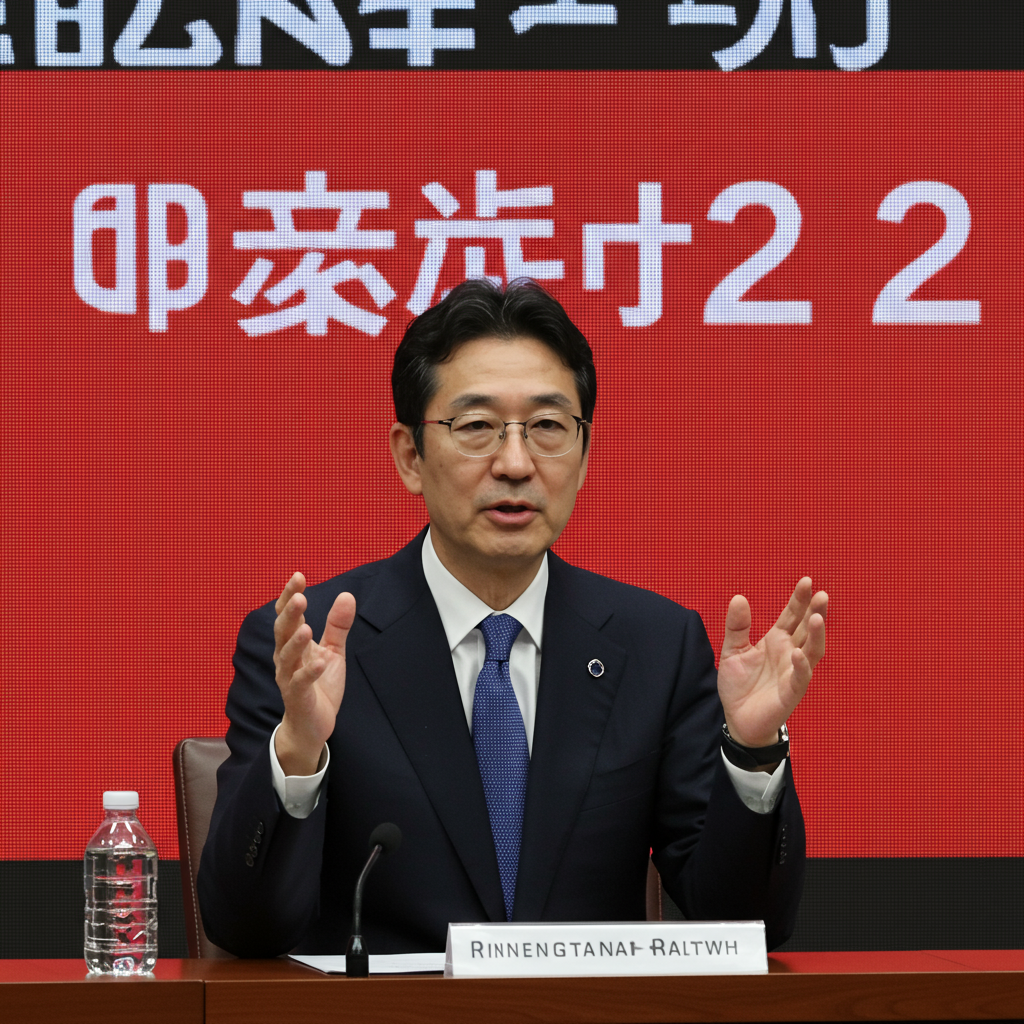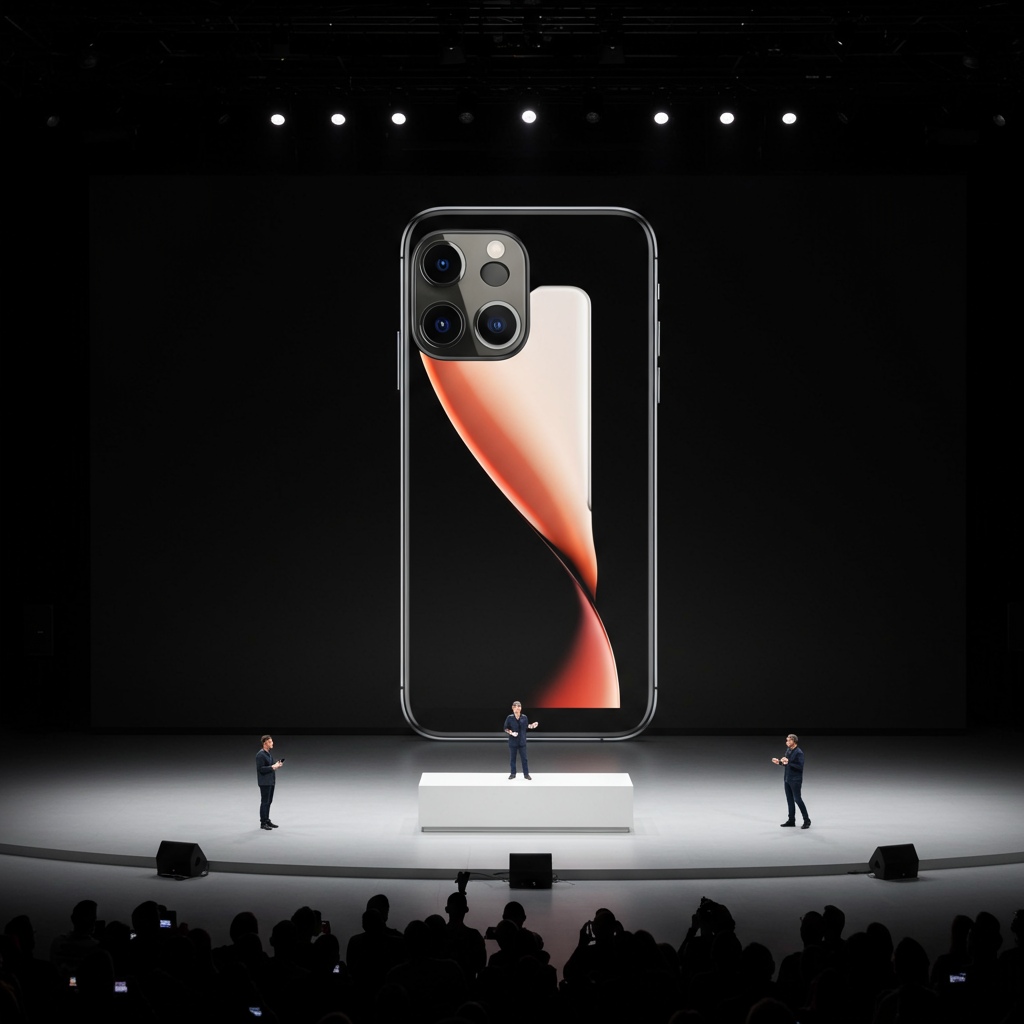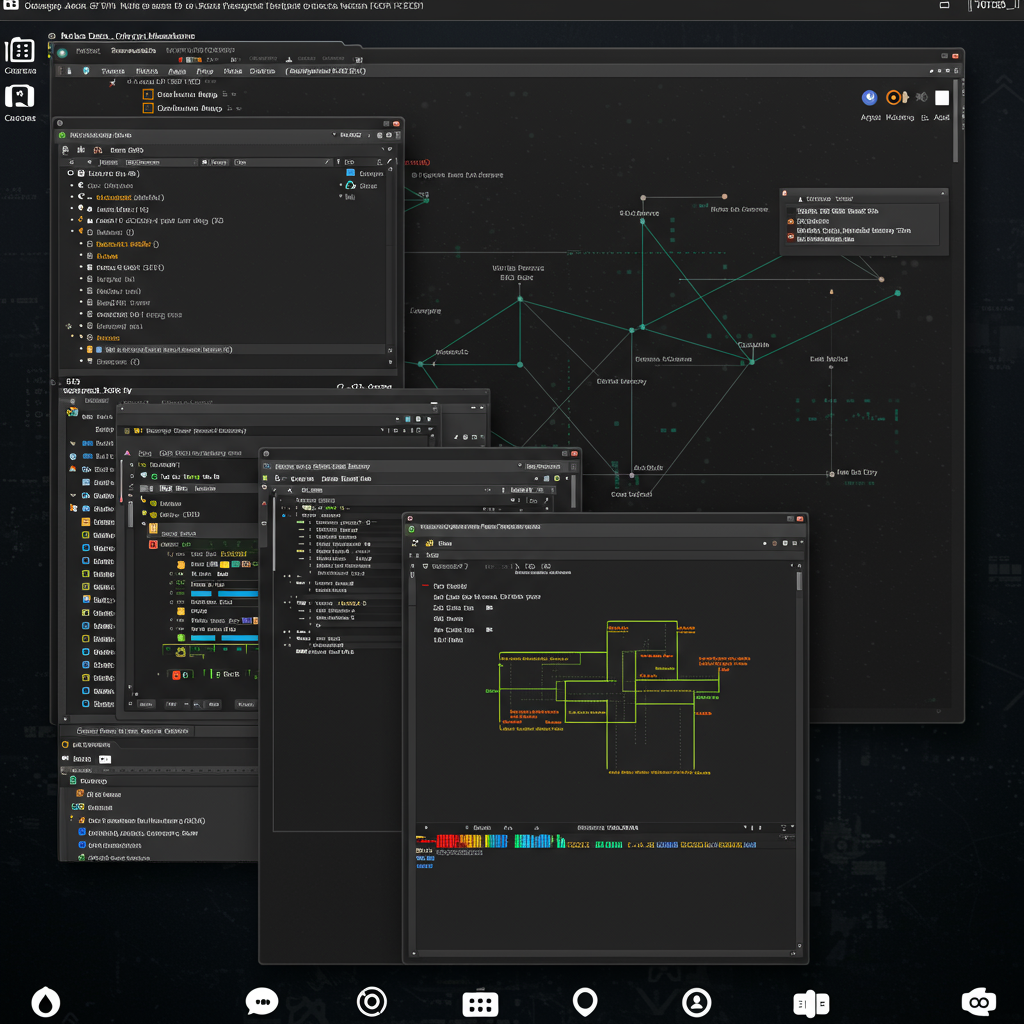nintendo President Shuntaro Furukawa has publicly apologized for the significant shortages of the new Nintendo Switch 2 console plaguing certain markets since its early June launch. Speaking at the company’s 85th Annual General Meeting of Shareholders, Furukawa candidly admitted that initial consumer demand for the highly anticipated system “greatly exceeded expectations,” making it difficult for many eager buyers to get their hands on one. This acknowledgment comes amidst reports of difficulty securing units, particularly in Nintendo’s home country of Japan, while major markets like the U.S. and U.K. reportedly saw better initial supply.
Nintendo President Addresses Switch 2 Supply Woes
During the shareholder meeting, Nintendo leadership directly addressed the issue of Switch 2 availability. President Furukawa confirmed that demand for the new console is currently outpacing supply in numerous countries. This imbalance prevents Nintendo from fully meeting customer needs, a situation Furukawa acknowledged affects even some shareholders. This widespread scarcity has led to frustration among fans eager to upgrade or experience Nintendo’s latest hardware innovation.
The unprecedented level of interest quickly became apparent even before the official launch. In Japan, Nintendo initiated a lottery system through the My Nintendo Store back in April to manage pre-orders and initial distribution. Furukawa disclosed that the response to this first lottery round was staggering, attracting an astonishing 2.2 million applications. This figure alone underscored the massive consumer appetite, prompting a public announcement from Furukawa at the time, already including an apology for the limited stock relative to demand.
Lottery Systems Highlight Overwhelming Demand
Since that initial lottery, Nintendo has conducted four additional rounds of sales via their online store. Despite these efforts, a considerable number of applicants remain unsuccessful in securing a console. A fifth lottery round was announced to commence in July, illustrating the persistent challenge Nintendo faces in satisfying the market. Major retail stores in Japan have similarly resorted to lottery-based sales methods to handle their constrained inventory.
While lottery systems remain prevalent, Furukawa noted a gradual shift towards more locations beginning to offer direct in-store sales. However, the overall message reinforced the severity of the situation: supply is simply not keeping pace with the exceptional demand. The company president reiterated Nintendo’s commitment to addressing this gap.
Nintendo is actively working to strengthen its production system. The goal is clear: deliver as many Switch 2 units as possible to customers worldwide. Furukawa concluded his remarks on the topic by offering another apology for the inconvenience caused by the initial demand significantly surpassing Nintendo’s forecasts. This acknowledgment directly counters prior statements from Nintendo of America president Doug Bowser, who had expressed confidence in sufficient supply leading up to launch.
Why Some Markets Face Worse Shortages
Analysis suggests Nintendo strategically prioritized stocking its largest global markets for the Switch 2 launch. The U.S. and Europe typically represent Nintendo’s biggest revenue streams. According to data from Statista cited in reporting, Japan ranks third in terms of global revenue contribution. This economic reality likely influenced the initial allocation of precious console units, ensuring better availability where sales volumes are highest.
Consequently, while gamers in the U.S. and U.K. generally did not experience the severe stockouts seen elsewhere, the launch wasn’t entirely without minor hitches. Some reports surfaced about units showing signs of tampering. There were also instances of staples, used to attach receipts, puncturing console boxes and even screens, though these appear to be isolated incidents rather than widespread issues.
Despite localized problems and the significant shortages in markets like Japan, the Switch 2 launch is largely characterized as remarkably successful globally. Its initial sales performance was exceptionally strong, reportedly smashing previous Nintendo console launch records by nearly a million units and selling 3.5 million units in just the first four days.
Comparing Switch 2 Launch to Past Hardware Releases
The current Switch 2 situation contrasts favorably with the highly problematic launches of other recent high-demand tech products. The arrivals of Nvidia’s RTX 40-series and 50-series GPUs and the PlayStation 5 were severely impacted by widespread, persistent supply chain issues. Those shortages led to rampant scalping, inflated prices, and prolonged unavailability across most regions.
While the Switch 2 has seen regional shortages and requires efforts like lotteries in some areas, its major markets appear relatively well-stocked. This prevents the kind of widespread scalping and extreme price increases that plagued other recent hardware launches. If you are in the U.S. or U.K., finding a Switch 2 is generally possible, though staying informed on restocks from major retailers like Walmart remains advisable due to ongoing high demand. Efforts like Walmart+ early access programs also indicate retailers are looking for ways to manage limited stock distribution.
Ultimately, the apology from President Furukawa underscores the sheer scale of the Switch 2’s initial appeal. While frustrating for those unable to buy one, the fact that demand so far exceeded expectations is, from a business perspective, a positive indicator of the console’s long-term potential and consumer enthusiasm for the Nintendo brand. The company’s immediate focus remains on ramping up production to close the gap between supply and this unprecedented level of demand.
Frequently Asked Questions
Why is the Nintendo Switch 2 console difficult to find?
The primary reason for the Nintendo Switch 2 shortage in many countries is that consumer demand at launch significantly surpassed Nintendo’s initial expectations. President Shuntaro Furukawa acknowledged this, stating that demand currently outpaces supply globally. While major markets like the U.S. and U.K. reportedly had better stock, regions like Japan experienced severe shortages, leading Nintendo and retailers to implement lottery systems to manage the limited availability and try to ensure fair distribution.
Where can people try to buy a Nintendo Switch 2 if stock is low?
In regions heavily impacted by shortages, particularly Japan, prospective buyers often rely on lottery systems. Nintendo runs official lottery sales through its My Nintendo Store, which saw millions of applicants for initial rounds. Many major retail stores have also adopted similar lottery systems due to limited inventory. While direct in-store sales are gradually increasing in some areas, checking retailer websites, social media alerts, and participating in announced lottery windows are the most common ways to attempt a purchase when standard stock is unavailable.
Is the Nintendo Switch 2 launch considered successful despite supply shortages?
Yes, despite the regional shortages and difficulty in obtaining units for many, the Nintendo Switch 2 launch is widely considered a success. It achieved exceptionally strong initial sales numbers, reportedly setting a new record for Nintendo consoles by selling 3.5 million units in its first four days. While frustrating for consumers, demand greatly exceeding supply is seen as a positive sign of massive consumer enthusiasm for the platform. The situation is also generally less severe than the widespread, prolonged shortages and scalping that affected launches like the PlayStation 5 and recent Nvidia GPUs.




